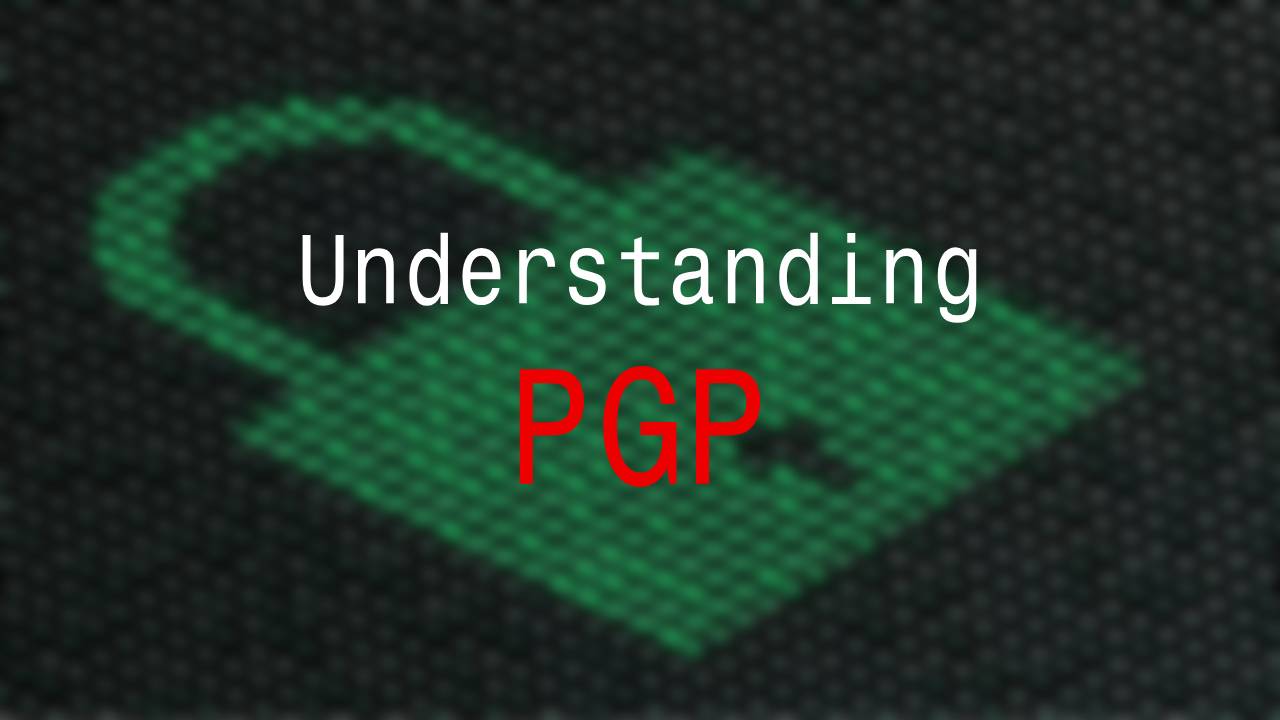What is PGP?
Pretty Good Privacy (PGP) is an encryption program that provides cryptographic privacy and authentication for data communication. Created by Phil Zimmermann in 1991, PGP uses a combination of hashing, data compression, symmetric-key cryptography, and public-key cryptography to secure data.
Public and Private Keys
PGP relies on a pair of cryptographic keys known as the public key and the private key. Here's a breakdown of their functions:
- Public Key: This key is shared with others to encrypt messages intended for you. Anyone who has your public key can send you encrypted messages.
- Private Key: This key is kept secret and used to decrypt messages encrypted with your public key. Only you should have access to your private key.
Using PGP for Secure Communication
Encryption
Encryption is the process of converting plain text into a coded form to prevent unauthorized access. Here's how to encrypt a message using PGP:
- Generate a key pair: Create a pair of public and private keys if you haven't already.
- Share your public key: Provide your public key to the person who will be sending you an encrypted message.
- Encrypt the message: The sender uses your public key to encrypt the message.
Decryption
Decryption is the reverse process of encryption, converting the coded message back into plain text. To decrypt a message:
- Receive the encrypted message: Obtain the encrypted message from the sender.
- Use your private key: Apply your private key to decrypt the message and read the original content.
Signing
Signing a message involves generating a digital signature to ensure the message's authenticity and integrity. Here’s how to sign a message:
- Generate a hash: Create a hash of the message.
- Encrypt the hash: Use your private key to encrypt the hash, creating a digital signature.
- Attach the signature: Send the message along with the digital signature to the recipient.
Verifying
Verifying a signed message ensures that the message was not altered and confirms the sender's identity. To verify a signed message:
- Receive the message and signature: Obtain both the message and the attached digital signature.
- Decrypt the signature: Use the sender's public key to decrypt the digital signature.
- Compare the hash: Generate a hash of the received message and compare it with the decrypted hash. If they match, the message is authentic and unaltered.
Try PGPBox-js
For a hands-on experience with PGP, we recommend trying joshuavanderpoll/PGPBox-js, a JavaScript-based PGP tool. You can easily perform PGP operations directly in your browser using the live demo.
Features of PGPBox-js
- Key Generation: Create RSA key pairs for encryption and signing.
- Encryption and Decryption: Securely encrypt and decrypt messages.
- Signing and Verifying: Sign messages and verify signatures to ensure authenticity.
How to Use PGPBox-js
- Visit the Live Demo: Go to the joshuavanderpoll/PGPBox-js live demo.
- Generate Keys: Create your public and private keys.
- Encrypt and Decrypt Messages: Use the provided interface to encrypt and decrypt messages.
- Sign and Verify Messages: Sign messages and verify signatures using the tool.
PGPBox-js makes it simple to secure your communications, whether you’re a beginner or an experienced user. Explore its features and see how easy it is to protect your privacy.
In conclusion, PGP is a robust method for securing communications through encryption, decryption, signing, and verification. Tools like PGPBox-js make it accessible and straightforward, ensuring that your messages remain private and authentic. Start using PGP today to enhance your digital security!
